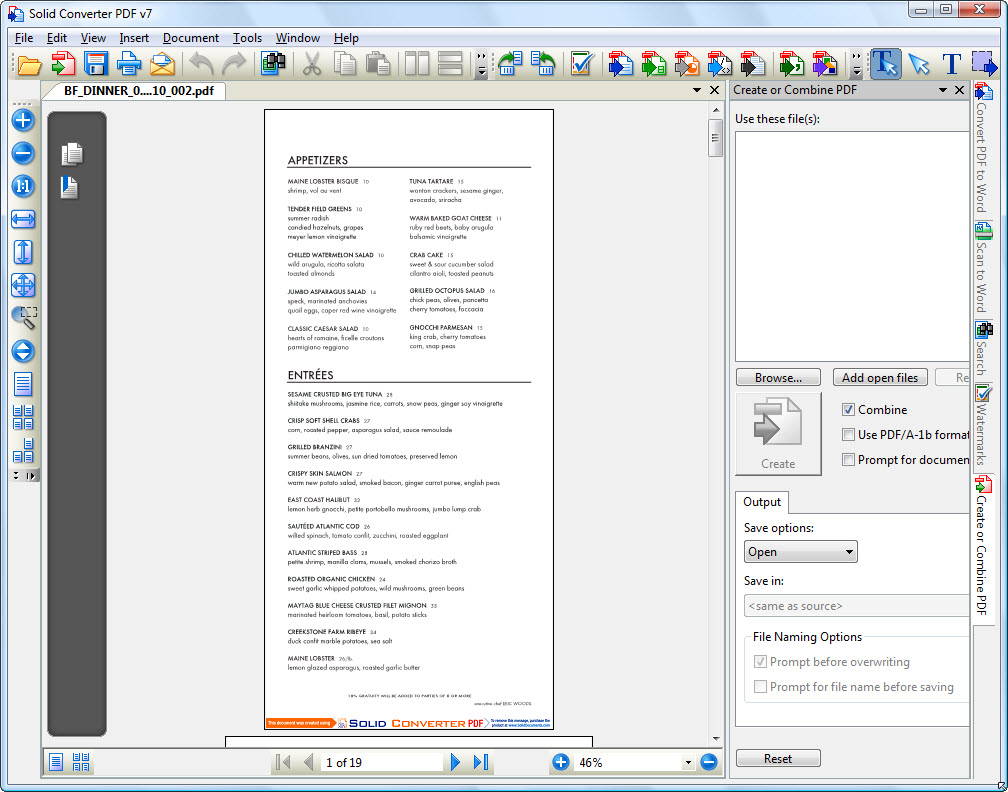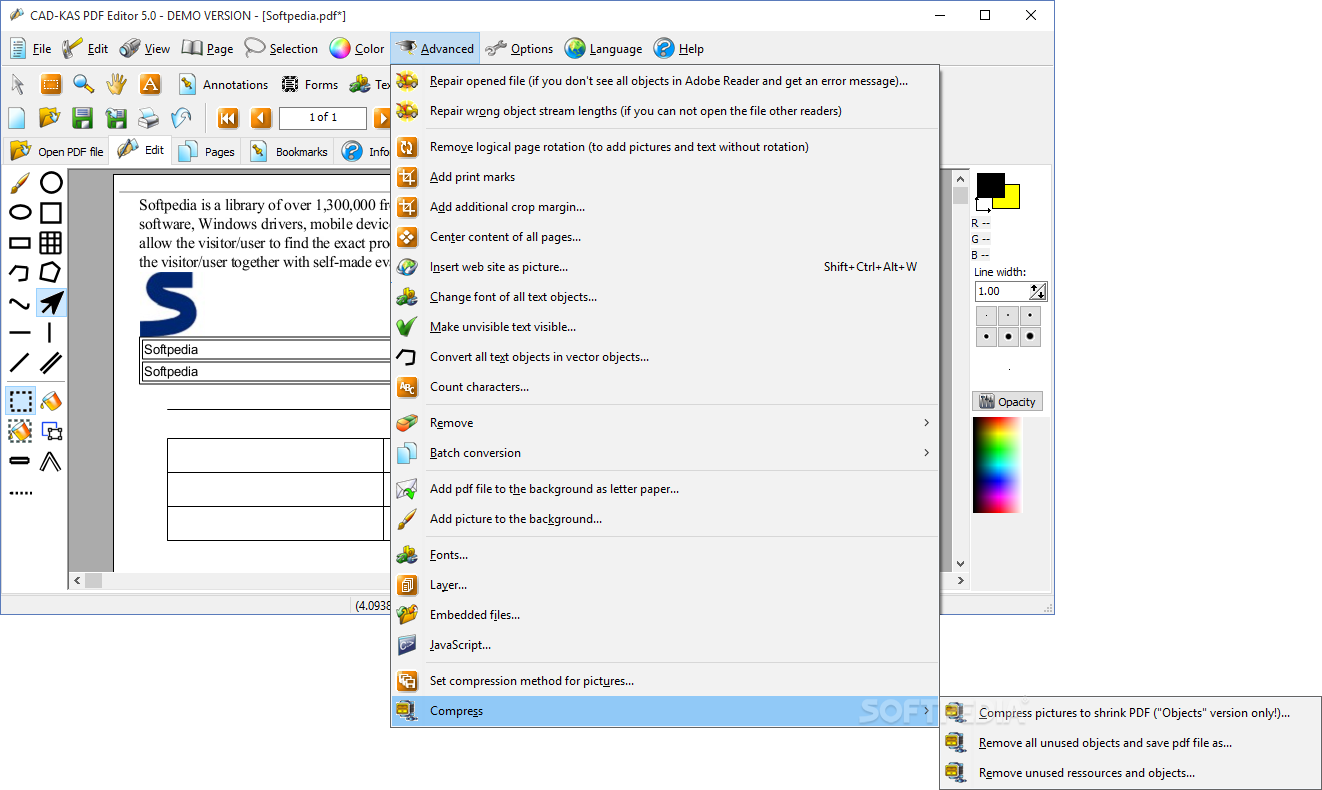

That’s partly because Smile chose to use a straightforward toolbar (introduced a few versions back) mirrored in a Tools menu to spell it all out. PDFpen has seemingly nearly as many features and options as Adobe Acrobat, but I consistently find myself able to figure out how to accomplish what I want in PDFpen, while I often have to consult web documentation and poke around in Acrobat to get to where I’m going. Most of the remaining version 9 changes are fiddly things everyone will appreciate (like showing resizing handles for items that are off the edge of the page), or for which people with specific needs will suddenly breathe a sigh of relief (such as horizontal OCR for ideographic languages, like Chinese, in PDFpenPro). It also allows a range of image resolution (really density measured in dots per inch) in making the conversion.

This latest version does a bit more, adding a host of image formats and options that include 1-bit TIFF (black-and-white), grayscale export, and JPEG and PNG files. While Preview and Acrobat have had relatively robust ways to export pages from PDF into other formats, it’s one area that PDFpen has lagged in. (In this review, I’ll refer to both apps’ core functionality as PDFpen, calling out features that require PDFpenPro.) The Pro version differs from the regular by adding to its features some options that are critical to niche audiences, including Microsoft Excel, Microsoft PowerPoint, and PDF/A output and table of contents and form creation and editing. Version 9 isn’t nearly as big an upgrade, but it’s packed full of enhancements and additions, notably a large variety of image export options and better annotation management, useful when marking up a PDF. Version 8 of both apps added many elements found in Acrobat that were still missing in PDFpen, like digital-signature management and validation, and new kinds of export methods from PDF to other formats, including Word.

There’s a slight awkwardness in picking, setting values for, and switching among the app’s several tools, but it’s minor compared to its utility and ease of use once you’re using a tool. The Pro flavor is also a superb way to design forms, retrofit existing documents to contain form fields, and to fill out forms.

Both editions can create and edit the contents of PDFs, allow drawing and adding text on top of files, and include excellent optical character recognition (OCR) software. The macOS software is both exhaustively featured and generally intuitive. You can easily fix failed recognition, too. Powerful OCR works even with rough original, like this example from 1917.


 0 kommentar(er)
0 kommentar(er)
